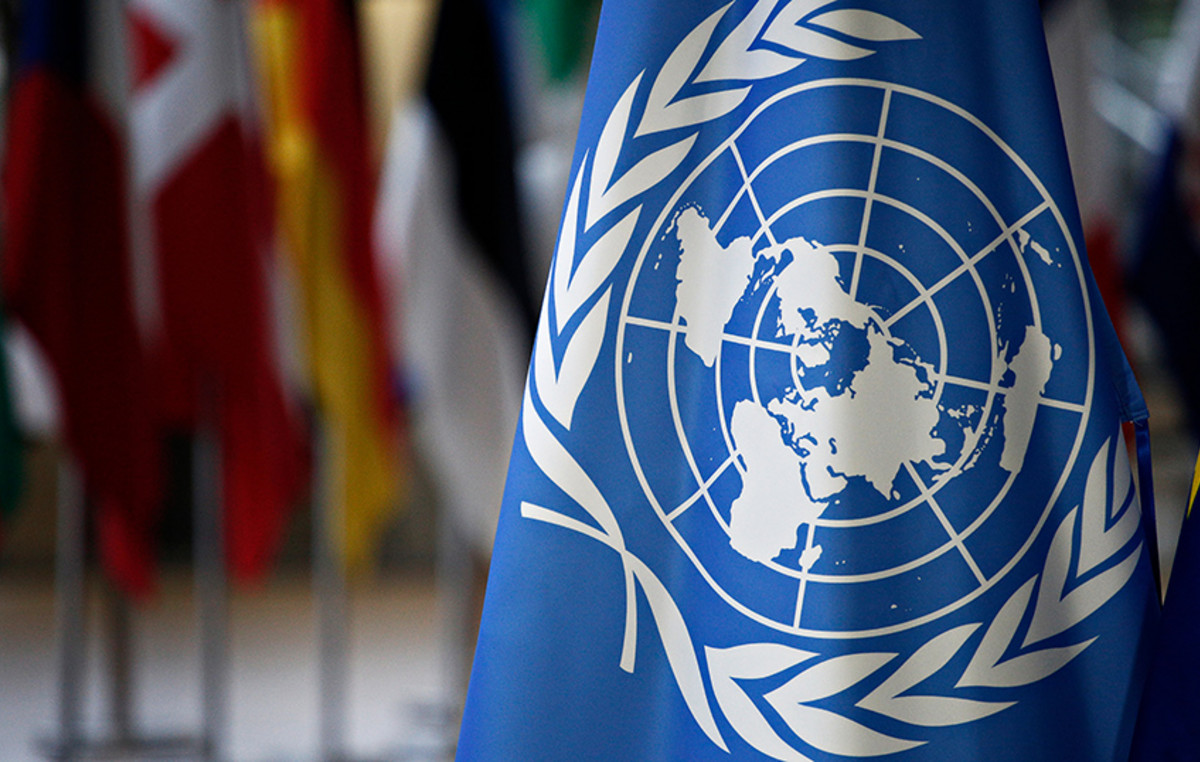The recovery of the ozone layer — which sits kilometers above the Earth and protects the planet from ultraviolet radiation — was celebrated as one of the world’s greatest environmental achievements. But, in a new study published this Tuesday (21), some scientists claim that it may not be recovering and that the hole may, in fact, be expanding.
The findings are at odds with widely accepted assessments of the state of the ozone layer, including a recent UN-backed study that showed it would return to 1980s levels as early as 2040.
In 1987, several countries agreed to ban or gradually reduce the use of more than 100 ozone-depleting chemicals that have caused a “hole” in the layer above Antarctica. The depletion is mainly attributed to the use of chlorofluorocarbons, or CFCs, which were common in aerosol sprays, solvents and refrigerants.
This ban, agreed under the Montreal Protocol, is widely considered to have been effective in helping to restore the ozone layer.
The hole, which grows over Antarctica during the spring before shrinking again in the summer, reached record sizes between 2020 and 2022, prompting New Zealand scientists to investigate why.
In an article published by Nature Communications, researchers revealed that ozone levels have decreased by 26% since 2004 in the center of the Antarctic spring hole.
“This means that the hole not only remained large in area, but also became deeper [ou seja, tem menos ozônio] during most of the Antarctic spring,” said Hannah Kessenich, a doctoral student at the University of Otago in New Zealand and lead author of the study.
“Especially long-lasting ozone holes during 2020-2022 fit this picture perfectly, as the size/depth of the hole during October was particularly notable in all three years.”
To reach this conclusion, scientists analyzed the behavior of the ozone layer between September and November using a satellite instrument.
They used historical data to compare this behavior and changes in ozone levels, and to measure signs of ozone recovery. Then, they sought to identify what was driving these changes.
The discovery was that the destruction of ozone and the deepening of the hole were the result of changes in the Antarctic polar vortex, a vast whirlpool of low pressure and very cold air, high above the South Pole.
PHOTOS – See the impacts of climate change
Source: CNN Brasil
Charles Grill is a tech-savvy writer with over 3 years of experience in the field. He writes on a variety of technology-related topics and has a strong focus on the latest advancements in the industry. He is connected with several online news websites and is currently contributing to a technology-focused platform.







